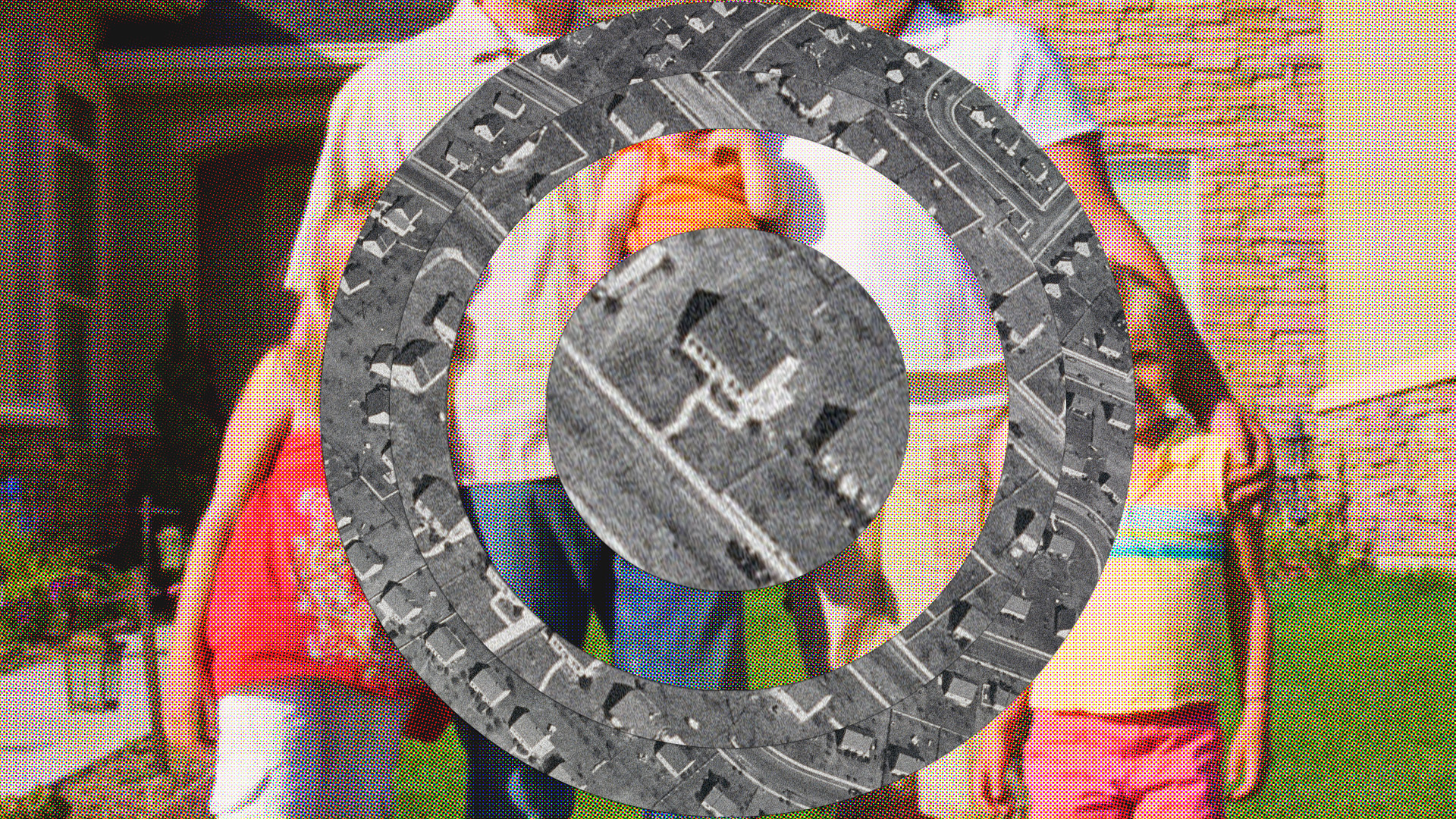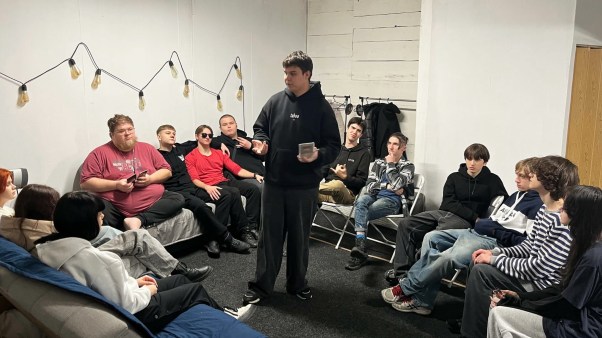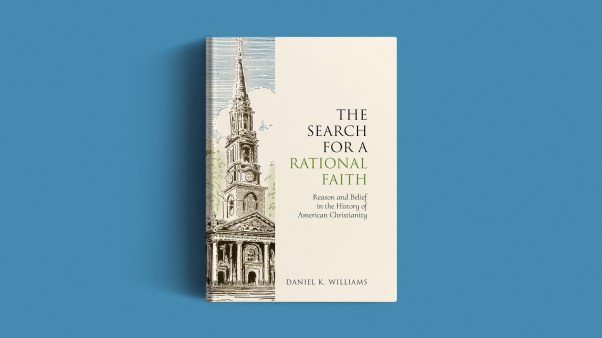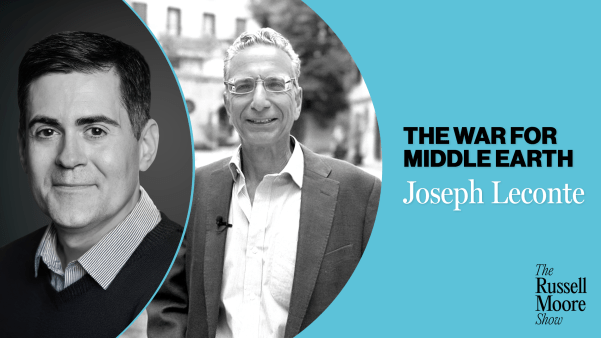My children were exposed as preschoolers to things I was shielded from into adulthood. My oldest, for example, was already familiar with the smell of marijuana by age 5. On one family vacation, after passing a teenager smoking a joint, our son took a deep breath and said, “Ah, smells like home.”
Sanctifying Suburbia: How the Suburbs Became the Promised Land for American Evangelicals
Oxford University Press, USA
248 pages
$19.03
During my own upbringing, parents, pastors, and even professors warned me to avoid all manner of corrupting influences: substances, media, certain kinds of people, dangerous ideas (and their authors). Avoidance wasn’t an option for my children because we lived in Manhattan. They were going to have unsettling encounters with people on the streets or subway. They were going to encounter diverse languages, religions, and alternative lifestyles. Parenting required processing these experiences rather than warding them off.
What began as an inability to shield my children developed into a positive preference for exposing them to the world and its complexity. Necessity begat morality. If we can’t avoid the Wiccan priestess down the hall, then we shouldn’t avoid the Wiccan priestess down the hall. Eventually I became smugly judgmental about people who sheltered their children from, you know, reality.
Imagine my surprise, then, when we moved from Manhattan to Phoenix. Within the first few days, I took my kids to a grocery store in the suburbs, where someone was soliciting money outside. Without thinking, I shepherded us toward a different entrance. I avoided an interaction I wouldn’t have avoided in New York. Now that I could, I instinctively did. New possibility begat a new morality. If we can avoid the panhandler outside Target, we should avoid the panhandler outside Target.
While reading Brian Miller’s Sanctifying Suburbia: How the Suburbs Became the Promised Land for American Evangelicals, I began to wonder whether the tendency to avoid things that appear physically, psychologically, or spiritually compromising is a suburban impulse or a Christian one. Miller, a Wheaton College sociologist, frames this instinct as a tool from the suburban cultural toolkit that evangelicals have baptized into our own cultural toolkit. His book makes a plausible argument that many commitments we consider distinctly evangelical have their origins in suburbia.
As America grew more religious in the second half of the 20th century, it also grew more suburban. Estimates based on 45 years of data from The General Social Survey suggest evangelicals are more likely to live in suburbs than anywhere else. In fact, evangelicals populate suburbia at a higher rate than the general population. The key institutions that shape evangelicals’ social, political, and theological engagement—including the school where Miller teaches—are located overwhelmingly in suburbs.
In light of all this, it would be surprising if suburban sensibilities have not shaped evangelical faith and practice. As Miller argues, “It is not enough for researchers and pundits to consider the theological positions and political behavior of evangelicals; accounting for their spatial context is part and parcel to understanding the whole package of white evangelicalism” (italics mine).
After tracing the origins and history of American suburbs, Miller marshals fascinating qualitative data to support his thesis. Tracking religious migration from Chicago to its suburbs in the 20th century, he finds that “congregations in nine of the 10 Protestant denominations studied became more suburban” between 1925 and 1990. Mapping the addresses of key leaders of the National Association of Evangelicals, he finds a significant jump, over decades, in suburban representation. At the organization’s first board meeting in 1942, only 15 percent of the delegates hailed from suburbs. By the end of the century, that figure had grown to one half.
Synthesizing data from several sources, Miller demonstrates that over a period when American cities became less religious in general, “the percentage of adherents in more rural areas and the smallest communities [likewise] decreased, particularly among evangelicals and mainline Protestants.” Evangelicalism is becoming less urban, less rural, and more suburban all the time.
Miller profiles three suburbs and one smaller city where evangelicals and evangelical institutions are unusually prominent. These communities suburbanized in different decades and under different conditions. Two had strong evangelical identities from the beginning, while the others became evangelical hot spots more recently. Taken together, the four locations host several thousand evangelical nonprofit organizations. Consequently, they are positioned to exert an outsized influence on evangelicalism everywhere.
The implications of the data become all the more fascinating when Miller discusses “evangelical cultural toolkits.” In sociology, the toolkit concept is one way to describe how culture affects human behavior. Rather than supply a set of values, culture provides a repertoire of behaviors (or tools) from which individuals choose different courses of action.
People who want to see changes in society have different cultural tools at their disposal. They might seek to persuade others in the context of interpersonal relationships, or they might organize to reform laws and public policies. Culture affects when each tool is considered appropriate. Historically, evangelicals have reached for interpersonal relationships to address racial injustice while favoring legislative action to resist same-sex marriage. (These are my examples, not Miller’s.)
Miller’s point is that the evangelical cultural toolkit appears to have been calibrated by patterns, experiences, and commitments common to suburban life. He’s careful to avoid claiming a direct, causal relationship between suburban norms and prevailing traits among evangelicals. But he makes a compelling case for drawing arrows of motive, means, and opportunity.
It should be easy enough to accept a narrower version of Miller’s thesis that suburban evangelicalism is “formed in regular moments in daily life and in interaction with the social and physical realities of the American suburbs.” It will be harder for many to accept that American evangelicalism in general is essentially suburban in its values and sensibilities.
That’s where Miller’s treatment of evangelical hot spots strikes me as particularly relevant. If most evangelical institutions—colleges, seminaries, denominational headquarters, publishing houses, church planting and missions agencies, curriculum companies, and more—are located in suburbs, then most of their employees likely reside in or near suburbs.
This means curriculum decisions, research questions, and syllabi may be shaped by the felt needs and interests of suburban faculties and students. Publishers, who keep their fingers on the pulse of evangelical readers, might default to the suburban experience as they discern what’s desirable in the market. Large suburban churches often set the model for church curricula, methods of discipleship, and best practices for ministers. Advice about topics like parenting and personal finances may assume suburban social realities as the norm.
In the aggregate, as Miller sees it, these institutions take a fundamentally suburban vision and prescribe it as an objectively Christian vision that can guide evangelical faith and practice in any environment. This doesn’t feel like a stretch to me. My own ministry experience and professional work has primarily involved churches in rural and urban environments. Pastors in both places frequently lament that the resources they rely on are clearly tuned to social realities outside their own. It’s fair to say, at minimum, that suburban sensibilities dominate American ministry materials.
Sanctifying Suburbia is a work of careful scholarship. It avoids stereotypes about suburbs, acknowledging their diverse histories, populations, and religious identities. It also raises some questions that clearly fall beyond the scope of the book and await others to answer.
One of those questions involves race. Miller uses “evangelical Protestant” and “white evangelicalism” as synonyms. Distinguishing “[white] evangelical Protestant” from “Black Protestant” enables him to compare both religious and demographic data. This is helpful when it allows him to specify that the first group fled Chicago for its suburbs in greater numbers than the second, which suggests that white flight contributed to making suburbia more evangelical.
Conflating “white” and “evangelical” is less helpful, however, for explaining how Asian and Latino evangelicals factor into this story, in both the historical context and future projections. Non-white evangelicals are growing in number, and suburbs are becoming more diverse. I’m curious how race, in this broader sense, will affect both suburban and evangelical cultural toolkits.
I have a similar question about class. Our experience in Manhattan suggests that, with enough money, you can shelter your children anywhere. How might economic difference within suburbs affect the prevailing cultural toolkits?
Another question revolves around the full scope of evangelical suburbanization. A deeper historical look might reveal that suburban sensibilities have shaped evangelical commitments even beyond suburbia. For example, Miller’s historical survey hearkens back to 18th-century London to illustrate “the growing interest in suburbs and religious motivations for settling in them.”
Clapham, a southwest suburb of London, was home to the Clapham Sect in the 18th and 19th centuries This group of evangelical Anglicans included William Wilberforce and other social reformers who were politically active (one tool in the toolkit) and moved their families to suburbia to avoid the oxidizing effects of industrialized urban life (another tool in the toolkit). Karen Swallow Prior has argued persuasively in The Evangelical Imagination that contemporary American evangelical values represent the long shadow of Victorian English values. Those values appear to have originated in suburban London before being exported all over the world.
American evangelicalism is a diverse movement and always has been. Whether we attempt to articulate what we all have in common (as in David Bebbington’s famous “quadrilateral”) or what divides us (as in Michael Graham’s “The Six Way Fracturing of Evangelicalism”), evangelicals tend to fixate on explicit beliefs and values. Miller’s sociological approach adds much-needed depth and dimension to those taxonomies. I suspect, for example, that evangelicals who view social justice as a threat to the gospel live in different types of communities than evangelicals who view social justice as a gospel imperative. To understand why evangelicals divide over fundamental social and theological issues, future studies should follow Miller’s lead, asking where they live and what difference that might make.
When it was time to rebuild the Commons Chamber of England’s parliament after German airstrikes destroyed the original building, Winston Churchill insisted that the new structure retain its original layout. He reasoned that the configuration of the space would determine the kind of governing that happened in it. “We shape our buildings,” he said, “and afterward they shape us.”
American evangelicals have been vocally committed to shaping the environments we live in for many generations. It may be time to give more critical thought to how those environments have shaped us.
Brandon J. O’Brien is senior director for global thought leadership at Redeemer City to City. He is coauthor with Randy Richards of Misreading Scripture with Western Eyes. His family lives in Chicago.

















